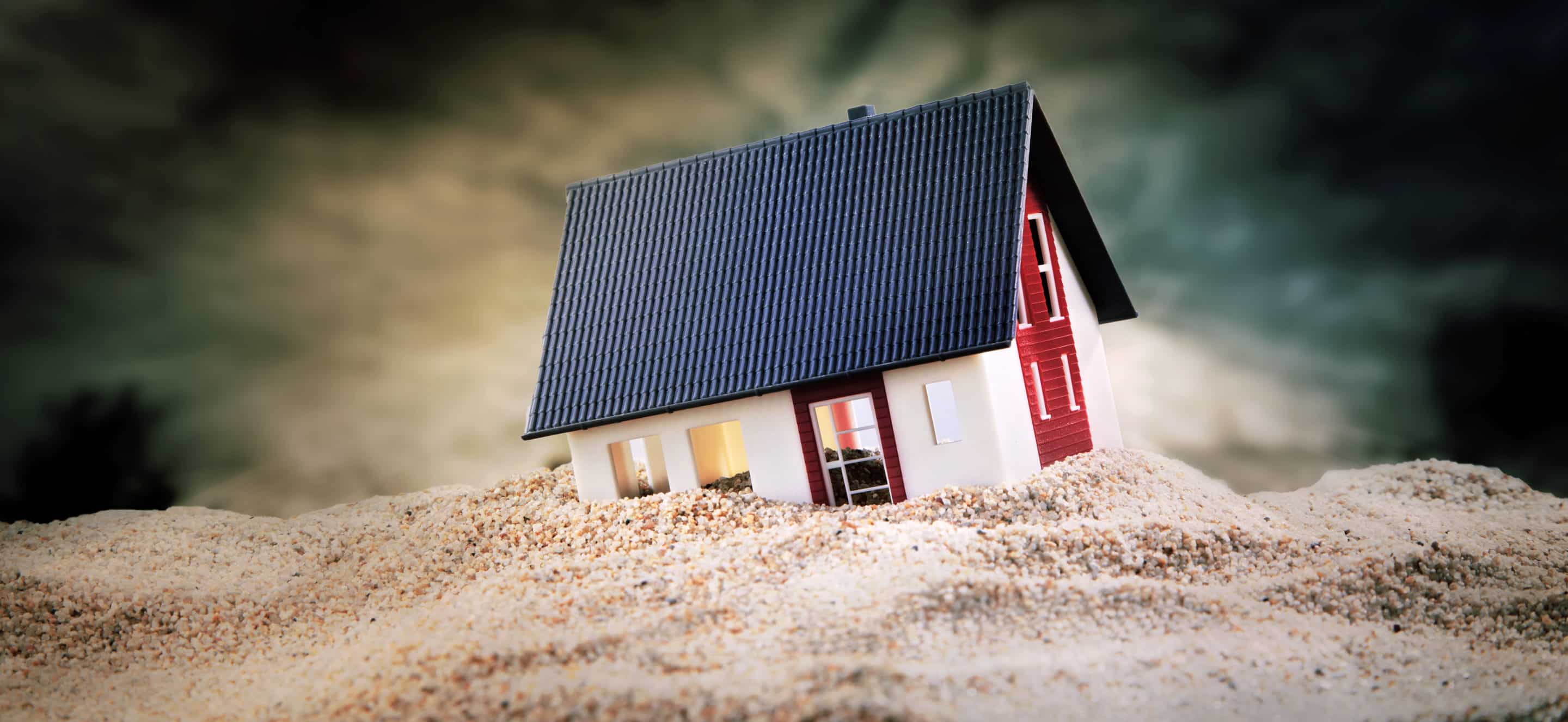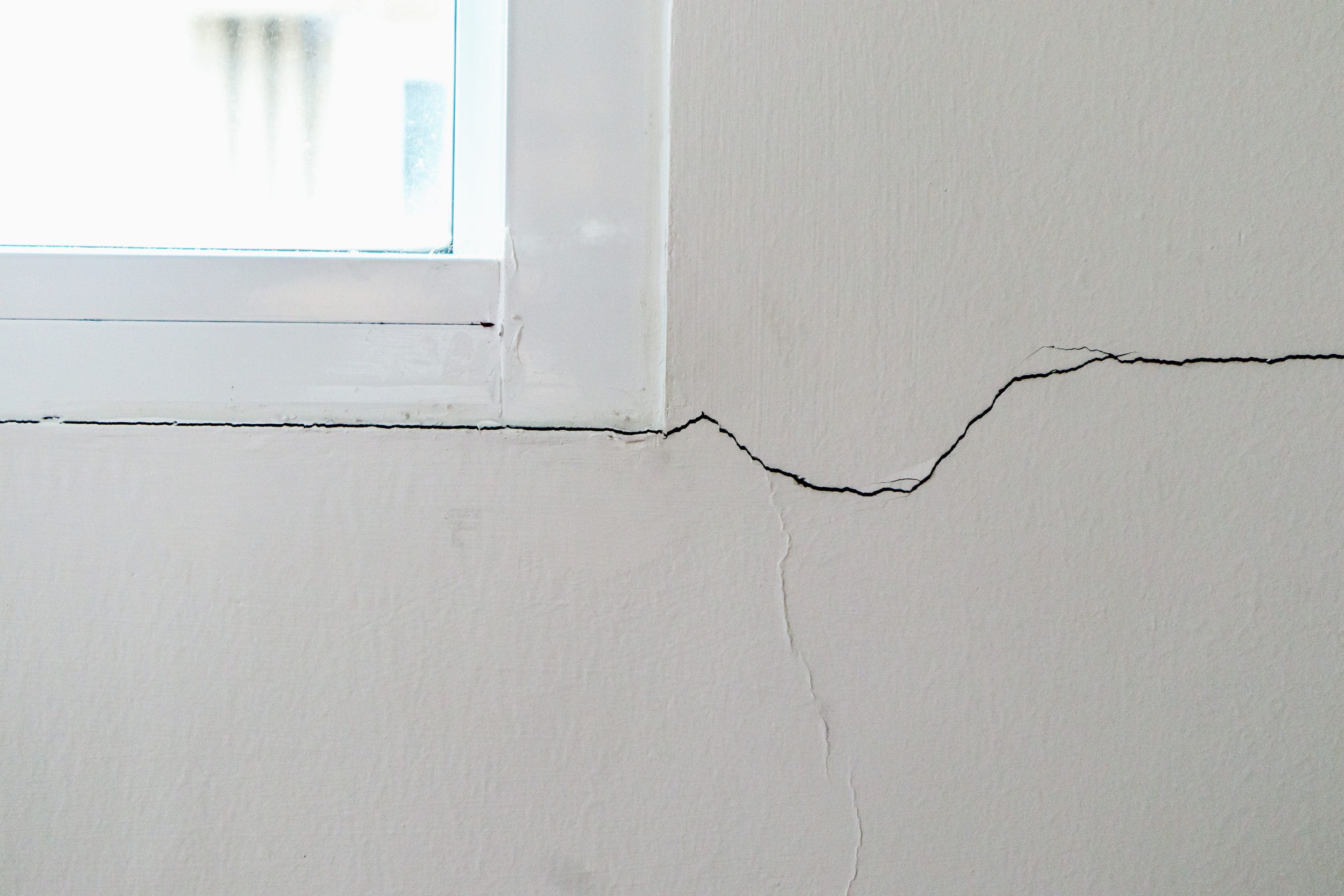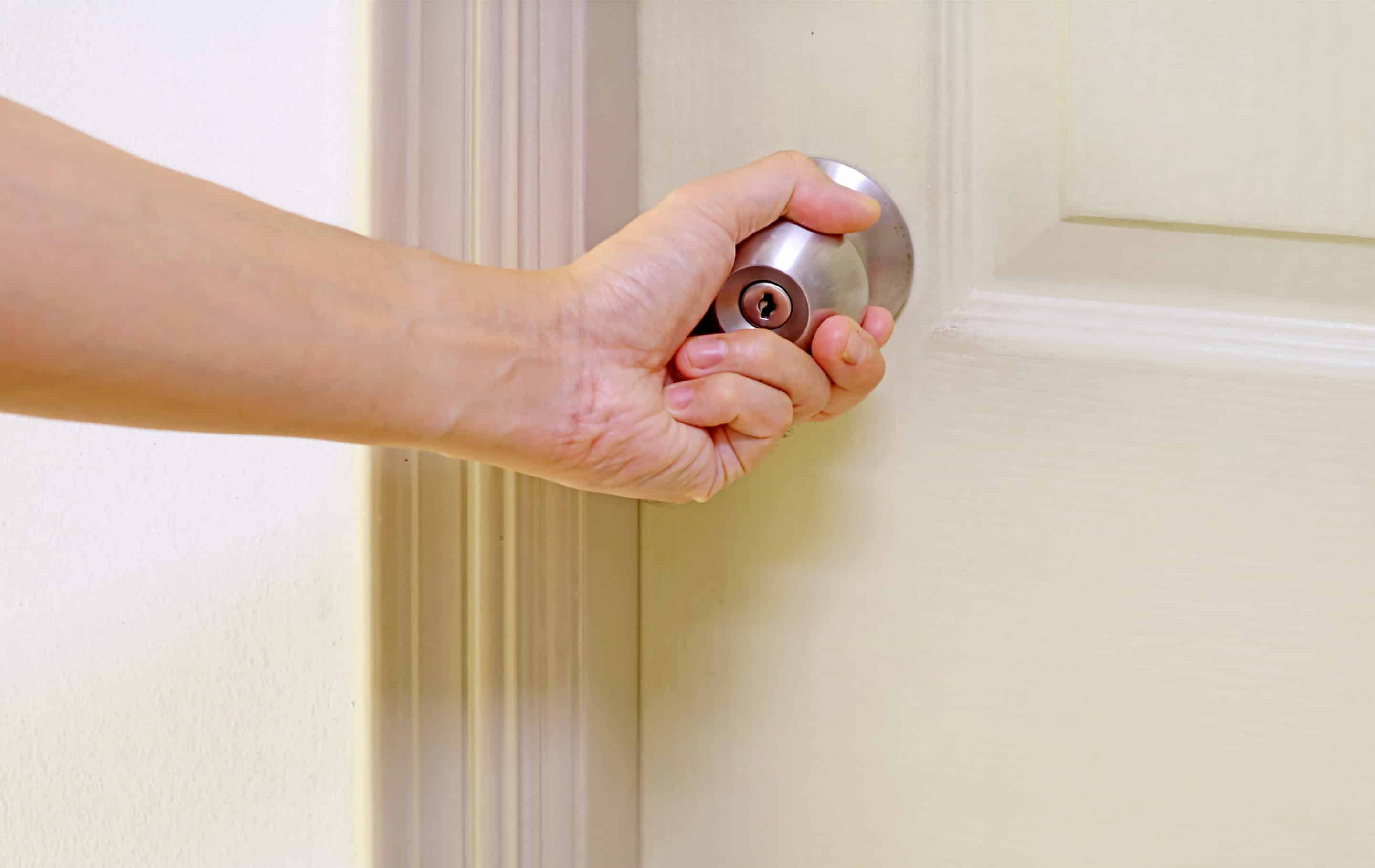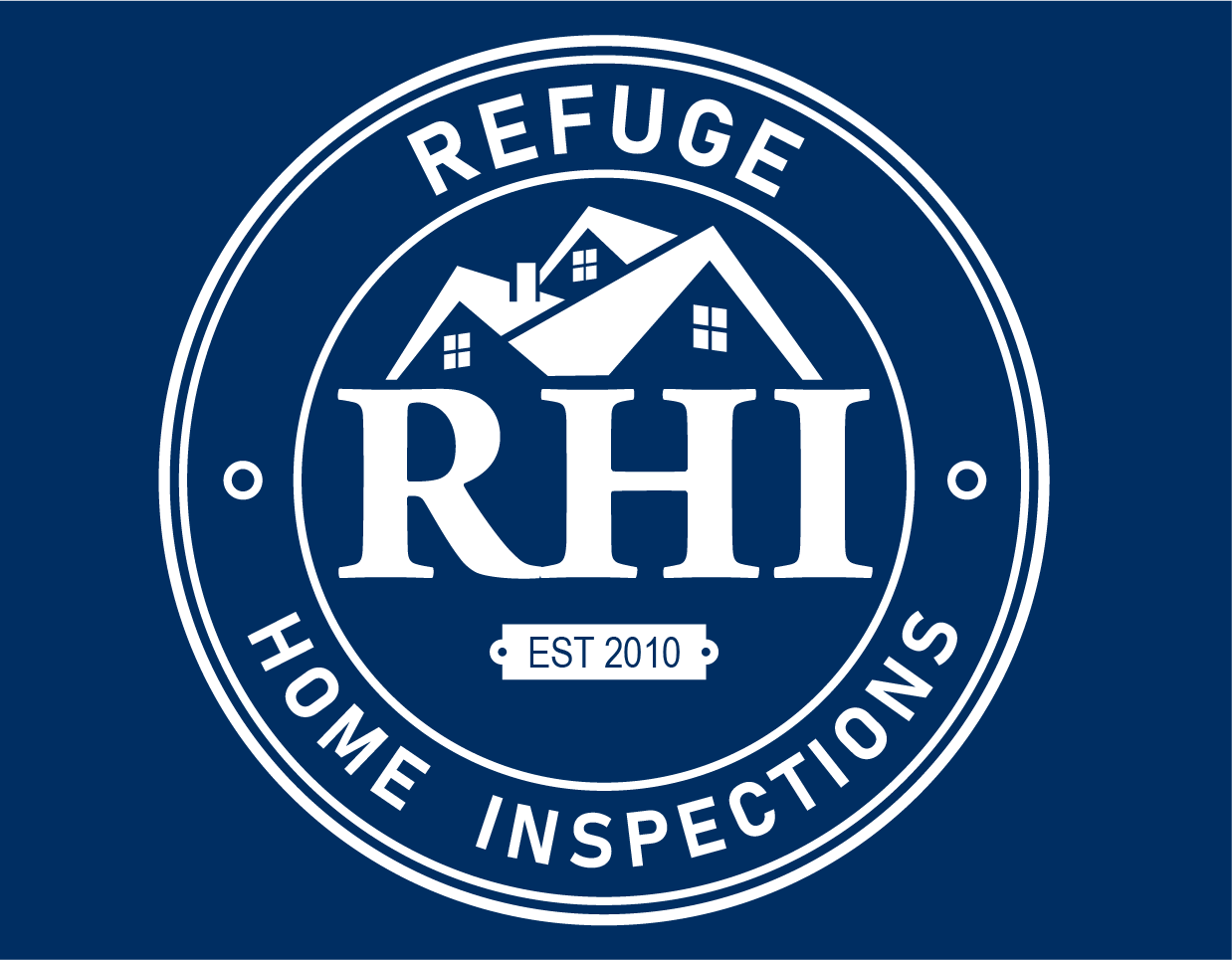
When purchasing a home, one of the biggest concerns buyers tend to have is the foundation. The foundation is the load-bearing part of the structure. Because this structure is so key in a safe home, it is easy to see why individuals want to know it is solid. Most of the foundation is typically underground, with many parts of it hidden from view. Even though most of the foundation is covered, there are still visible signs that indicate there might be foundation issues in the home.
Cracks in the Wall
Most people who see any crack in a wall automatically assume it means there are foundation issues, even if it is a very tiny crack. There are several things that can cause minor cracks. These cracks are usually less than ¼ inches. Improper drywall finishing, stud wall boards flexing, and even the humidity level in a room could be the culprit. When looking at a wall for foundation issues, the cracks will typically be larger than shrink cracking. If the foundation has settled, even a small amount, the crack will get bigger as it makes its way up the wall. A small amount of foundation movement can result in an inch gap over an 8’ wall span. Vertical cracking, stair-step cracking, and horizontal cracking are all types of cracking. These are the different types of cracking our inspectors look for when performing an inspection.

Sagging Floors
Wavy floors are a sign of settling. If the foundation is moving or shifting, it will usually be very noticeable in the floor. Typically, your flooring should be level all the way across. If you place a ball on the floor and it rolls on its own, you have a problem.
Dipping Roof Line
Like the walls, your roof above is tied directly to your foundation through load-bearing supports. If you look at a roof line and the roof line is straight across, that is a good sign. If your rooftop looks like it’s smiling at you, that is a sign something has shifted.
Depression in Soil Around the Home
Having dirt or landscaping around the home that is sunken in spots is a sign of hydrostatic pressure on the home. This happens when the soil around the home is porous and allows water through. When this water freezes, the ice expands pushing against your foundation. The walls inside will show horizontal cracks. When the water thaws, the dirt will settle to fill the void. If not corrected, this process will repeat until the crack is so large the wall has a chance of falling in.
Doors Sticking
In many cases of a sticking door, you will see an angled crack above the right or left corner of the door. This means that wall has shifted, and the evidence is clear in the door. The shifting puts pressure on the door frame and binds the door in the jamb. This is why the door will no longer close smoothly.

Ways to Check for Foundation Issues
The first way to check the foundation is by using a laser leveling system. Rather than just eyeballing the blocks or brick in a home, your inspector can use a laser-level system to sight the wall. If the mortar joints all line up from corner to corner, then you know there aren’t any issues. If joints are off, it’s an indication something has moved. Using this method allows for future annual checks to determine if the wall is continuing to move or if it has stayed the same.
The second method for checking sagging floors is a water leveling system. This system allows inspectors to check the floors in a grid-like pattern and check for levelness throughout the entire house. This helps with pinpointing areas that have moved. Like the laser level system, this can be completed annually to determine if the settling has happened and if shifting is getting worse. RHI provides this service for checking foundations.
If RHI finds any indication of a settling problem, we always recommend having it checked by a structural professional. We understand clients want to know the severity of the problem and to verify if it is actively moving or something that happened in the past. Remember that just because movement has happened in the past, it doesn’t mean you have to make a repair to the foundation. Foundation repair is big business and can be scary for a homeowner. Companies will offer your crazy expensive solutions to take the home back to its original state. Keep in mind there are several solutions to a foundation issue and it’s smart to research and educate yourself about options.
